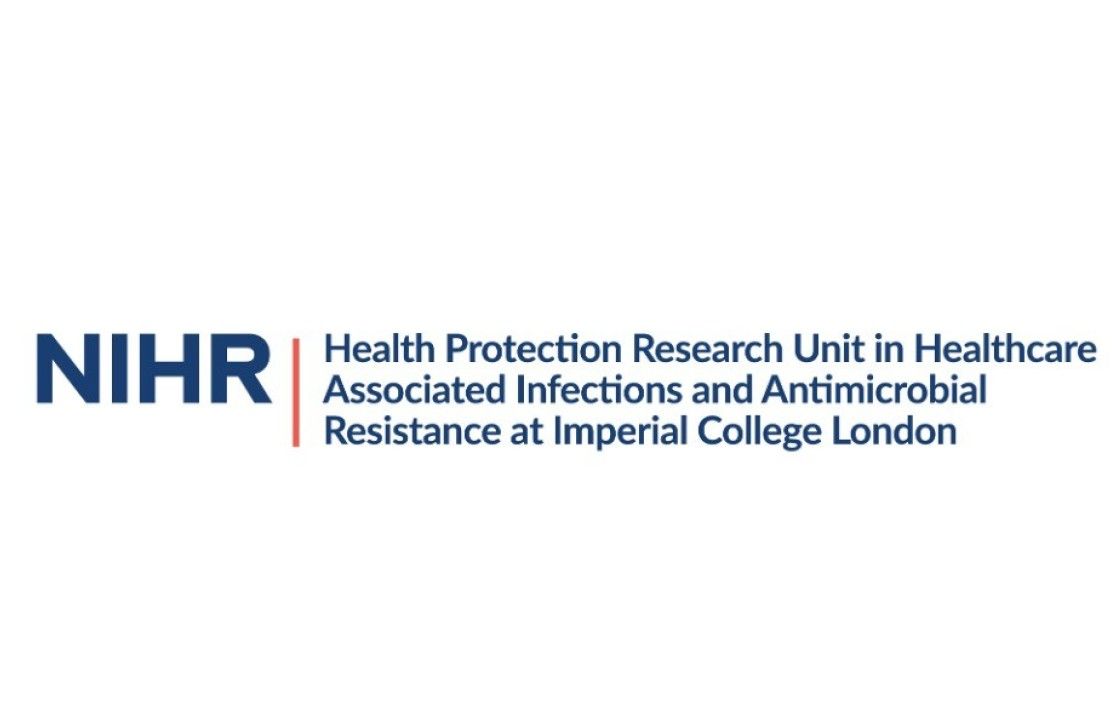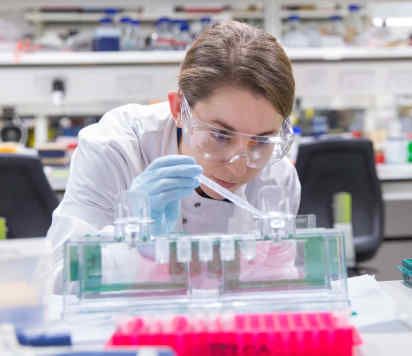BibTex format
@article{Patel:2020:10.1016/j.cmi.2020.05.026,
author = {Patel, A and Charani, E and Ariyanayagam, D and Abdulaal, A and Denny, SJ and Mughal, N and Moore, LSP},
doi = {10.1016/j.cmi.2020.05.026},
journal = {Clinical Microbiology and Infection},
title = {New-onset anosmia and ageusia in adult patients diagnosed with SARS-CoV-2 infection.},
url = {http://dx.doi.org/10.1016/j.cmi.2020.05.026},
year = {2020}
}
RIS format (EndNote, RefMan)
TY - JOUR
AB - OBJECTIVES: We investigated the prevalence of anosmia and ageusia in adult patients with a laboratory-confirmed diagnosis of infection with severe acute respiratory distress syndrome coronavirus-2 (SARS-CoV-2). METHODS: This was a retrospective observational analysis of patients infected with SARS-CoV-2 admitted to hospital or managed in the community and their household contacts across a London population during the period March 1st to April 1st, 2020. Symptomatology and duration were extracted from routinely collected clinical data and follow-up telephone consultations. Descriptive statistics were used. RESULTS: Of 386 patients, 141 (92 community patients, 49 discharged inpatients) were included for analysis; 77/141 (55%) reported anosmia and ageusia, nine reported only ageusia and three only anosmia. The median onset of anosmia in relation to onset of SARS-CoV-2 disease (COVID-19) symptoms (as defined by the Public Health England case definition) was 4 days (interquartile range (IQR) 5). Median duration of anosmia was 8 days (IQR 16). Median duration of COVID-19 symptoms in community patients was 10 days (IQR 8) versus 18 days (IQR 13.5) in admitted patients. As of April 1, 45 patients had ongoing COVID-19 symptoms and/or anosmia; 107/141 (76%) patients had household contacts, and of 185 non-tested household contacts 79 (43%) had COVID-19 symptoms with 46/79 (58%) reporting anosmia. Six household contacts had anosmia only. CONCLUSIONS: Over half of the positive patients reported anosmia and ageusia, suggesting that these should be added to the case definition and used to guide self-isolation protocols. This adaptation may be integral to case findings in the absence of population-level testing. Until we have successful population-level vaccination coverage, these steps remain critical in the current and future waves of this pandemic.
AU - Patel,A
AU - Charani,E
AU - Ariyanayagam,D
AU - Abdulaal,A
AU - Denny,SJ
AU - Mughal,N
AU - Moore,LSP
DO - 10.1016/j.cmi.2020.05.026
PY - 2020///
SN - 1198-743X
TI - New-onset anosmia and ageusia in adult patients diagnosed with SARS-CoV-2 infection.
T2 - Clinical Microbiology and Infection
UR - http://dx.doi.org/10.1016/j.cmi.2020.05.026
UR - https://www.ncbi.nlm.nih.gov/pubmed/32502645
UR - https://www.sciencedirect.com/science/article/pii/S1198743X20303037?via%3Dihub
ER -

